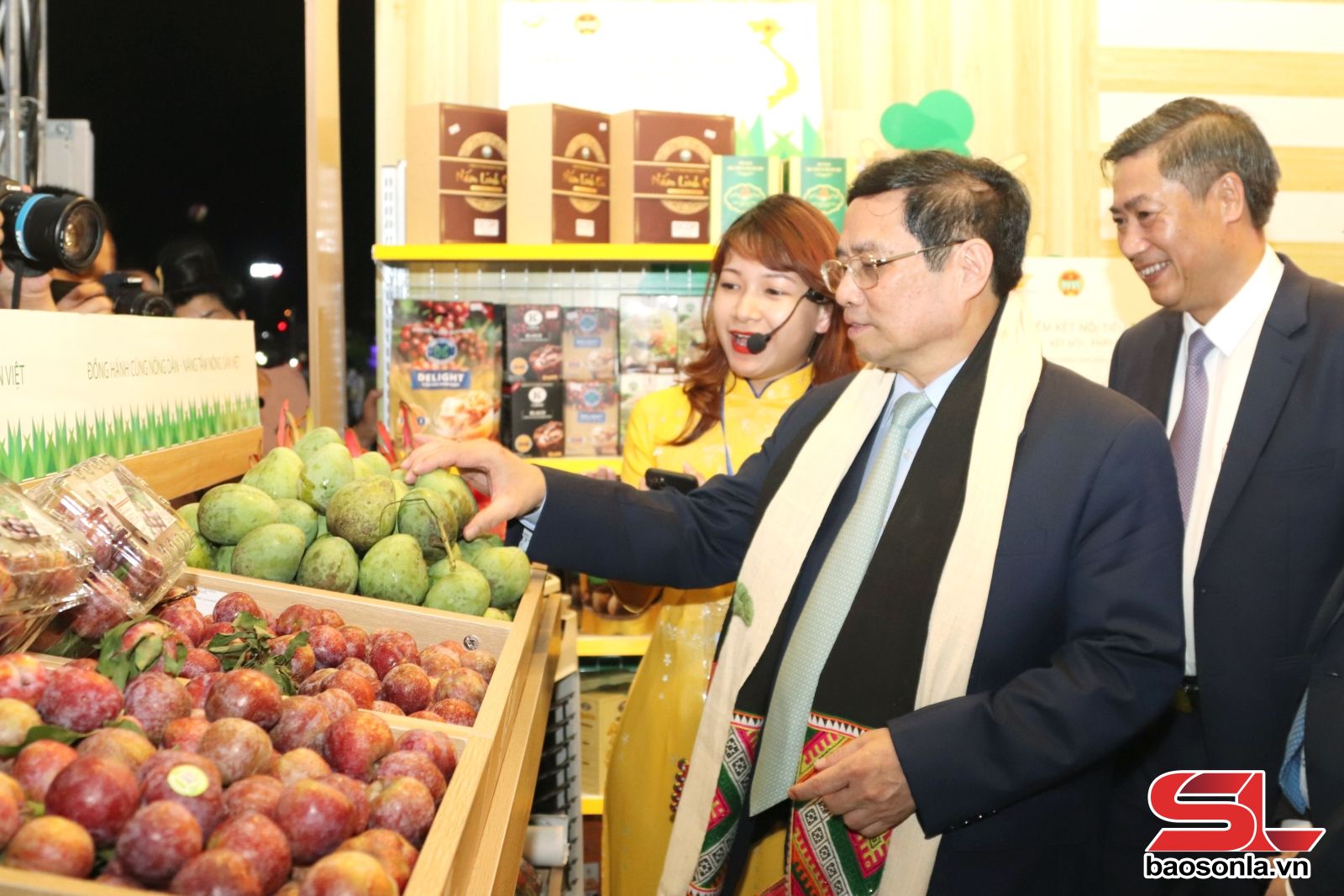
Photo: PV
Decision to turn around the agricultural sector
In the 1990s, the Provincial Party Committee had a policy to develop a number of key crops: coffee, tea, fruit trees, and mulberry. By 2015, the whole province had more than 23,600 hectares of fruit trees, mainly old varieties with low productivity and quality. Some localities saw the destruction of fruit trees and the return to growing corn and upland rice.
Carrying out the task of resettlement to serve Son La hydropower plant, the average production land of households has narrowed, while the efficiency of corn and upland rice cultivation is low, the reality requires production conversion and increasing people's income.
Comrade Hoang Van Chat, former Secretary of the Provincial Party Committee, former Chairman of the Provincial People's Council, shared: In preparation for the Provincial Party Congress for the 2015-2020 term, the Provincial Party Committee organized an assessment of 25 years of implementing the province's policy on developing key crops, including coffee, tea, fruit trees... to find more effective production directions. At that time, the Agricultural Academy announced the topic of grafting new fruit tree varieties on old tree trunks for high productivity and fruit quality, which some households successfully applied. After 30 years of innovation, the Party and the State issued many policies for rural agricultural development. Based on the above bases, the Provincial Party Committee Standing Committee issued Conclusion Notice No. 121-TB/TU dated November 30, 2015 on a number of policies on growing fruit trees on sloping land until 2020.
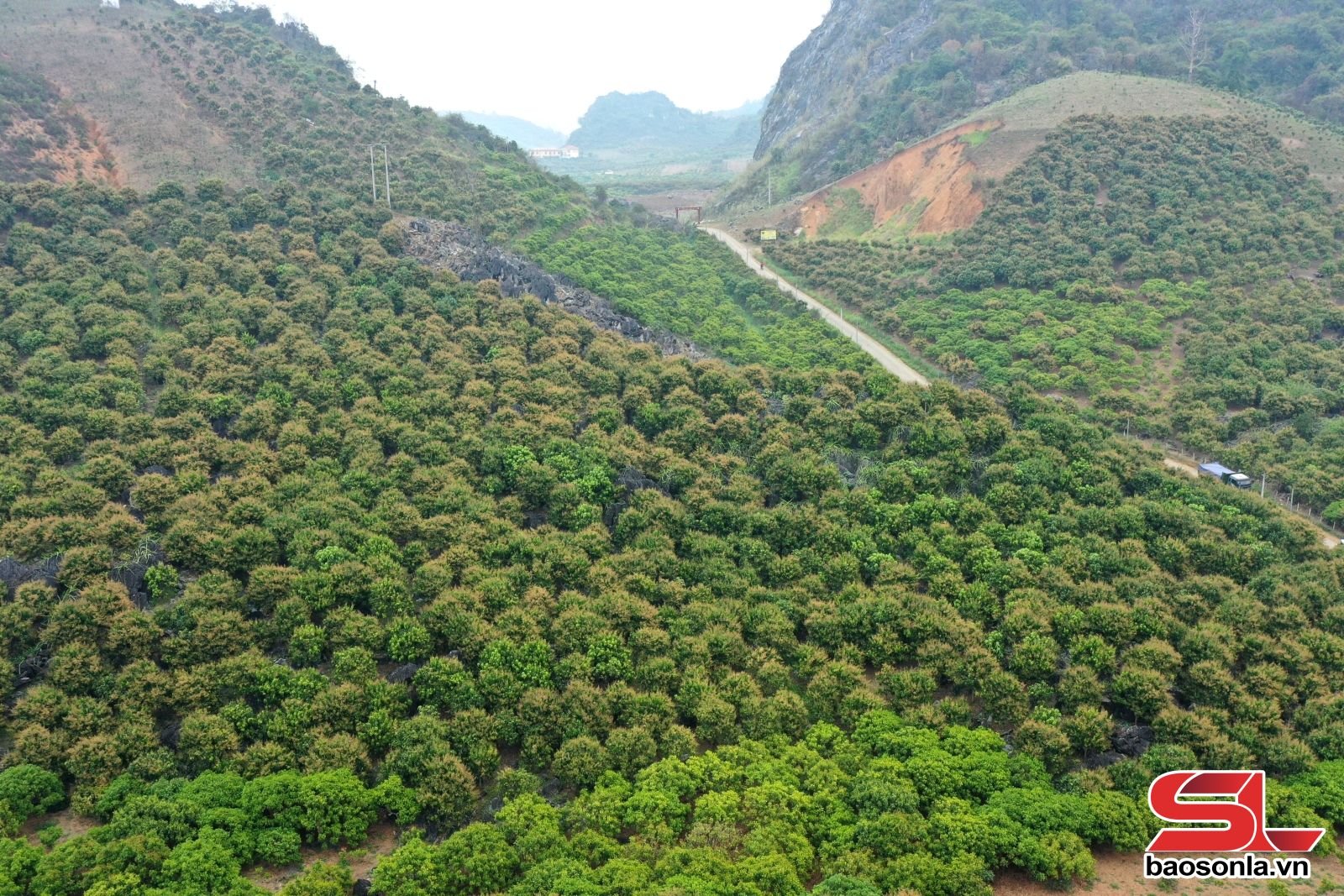
Photo: PV
The Provincial Party Committee and Provincial People's Council issued many policies and guidelines, supported more than 77 billion VND, integrated programs and projects, expanded the area of fruit trees to replace ineffective food crops, encouraged the application of high technology, production according to VietGAP and GlobalGAP processes, built brands, promoted, supported consumption and export.
The breakthrough policy is Resolution No. 28/2017/NQ-HDND dated March 15, 2017 supporting grafting to improve mixed gardens with 200,000 VND/household, on average each household is supported with 16 grafts to improve mango and longan with new varieties. Thousands of farmers have been transferred techniques, grafting skillfully like agricultural engineers. In 2 years (2017-2018), the whole province grafted and improved over 13,000 hectares of fruit trees; converted tens of thousands of hectares of ineffective crops to grow fruit trees... The number surprised many policy makers, scientists , and agricultural experts.
The province mobilized the entire political system to participate, creating a strong momentum to encourage farmers to change their production mindset from small-scale, fragmented production to commodity production. Developing new-style cooperatives as focal points to help households produce, apply science and technology, practice good agricultural production, build a chain linking production, processing, and product consumption.
Son La has rapidly expanded its fruit growing area, the largest in the North and the second largest in the country. The whole province currently has 85,050 hectares of fruit trees and hawthorn, compared to 2016, the area increased by 219%, the output increased by 332%. Sloping land, altitude, temperature difference between day and night and between seasons are difficulties in agricultural production, but they become advantages, making Son La fruit have special flavor and quality.
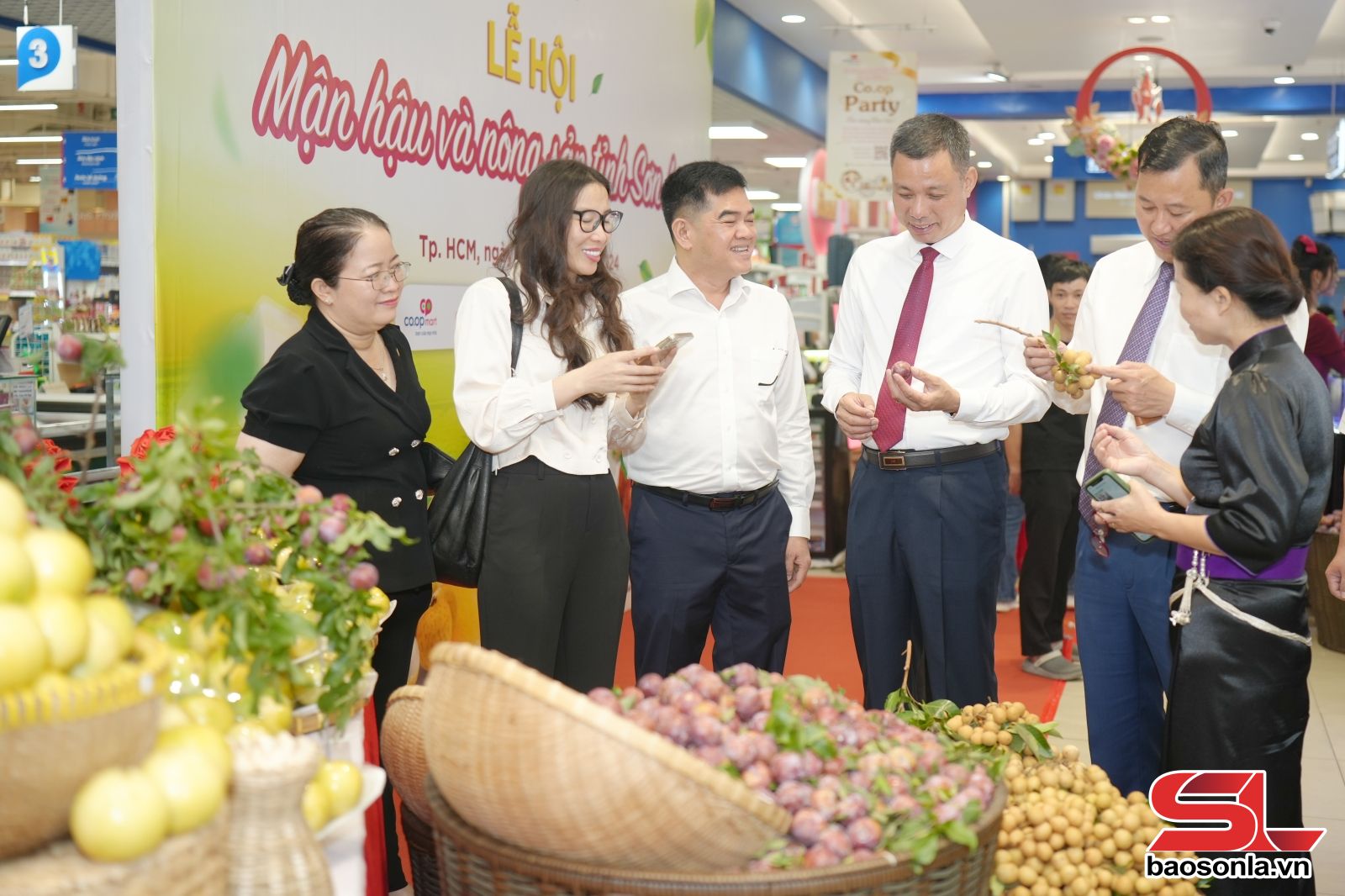
The province has issued 63 technical and economic norms on cultivation; 62 crop production processes, regulations on organic farming, transfer of grafting techniques, pruning, pruning, canopy creation, “tree rejuvenation”, and off-season and crop spreading techniques, increasing product value many times over. The whole province has 5 fruit growing areas recognized as high-tech application areas.
Farmers “dress” the fruit, practice good agricultural production, and have established 202 codes for fruit growing areas for export. 13 fruit products bearing the province’s geographical names have been granted protection certificates by the Department of Intellectual Property; 201 safe fruit production, processing, and trading chains have been maintained. Fruit products have been granted protection certificates, OCOP certification, VietGAP certification, and have stamps, labels, and packaging to ensure product traceability.
Phuong Nam Cooperative, Long Phieng Commune, Yen Chau District, established in 2016, from the initial 80 hectares of longan, has now linked up to produce more than 300 hectares of longan. Cooperative members apply irrigation technology, install surveillance cameras to serve traceability...
Mr. Tran Nhu Kien, Director of Phuong Nam Cooperative, said: The cooperative's longan production area is granted a growing area code and recognized by the Provincial People's Committee as a high-tech production area. The cooperative's longan products are consumed domestically and exported to the US, Italy, Japan, etc. The average income is 200 million VND/ha.
Greening the sloping hills, bringing sweet fruits far and wide
After 10 years of implementing the policy of the Provincial Party Committee Standing Committee, fruit trees have "greened" the steep hills in Son La, fragrant with flower seasons for beekeeping, promoting the development of agricultural tourism with an abundance of delicious sweet fruits.
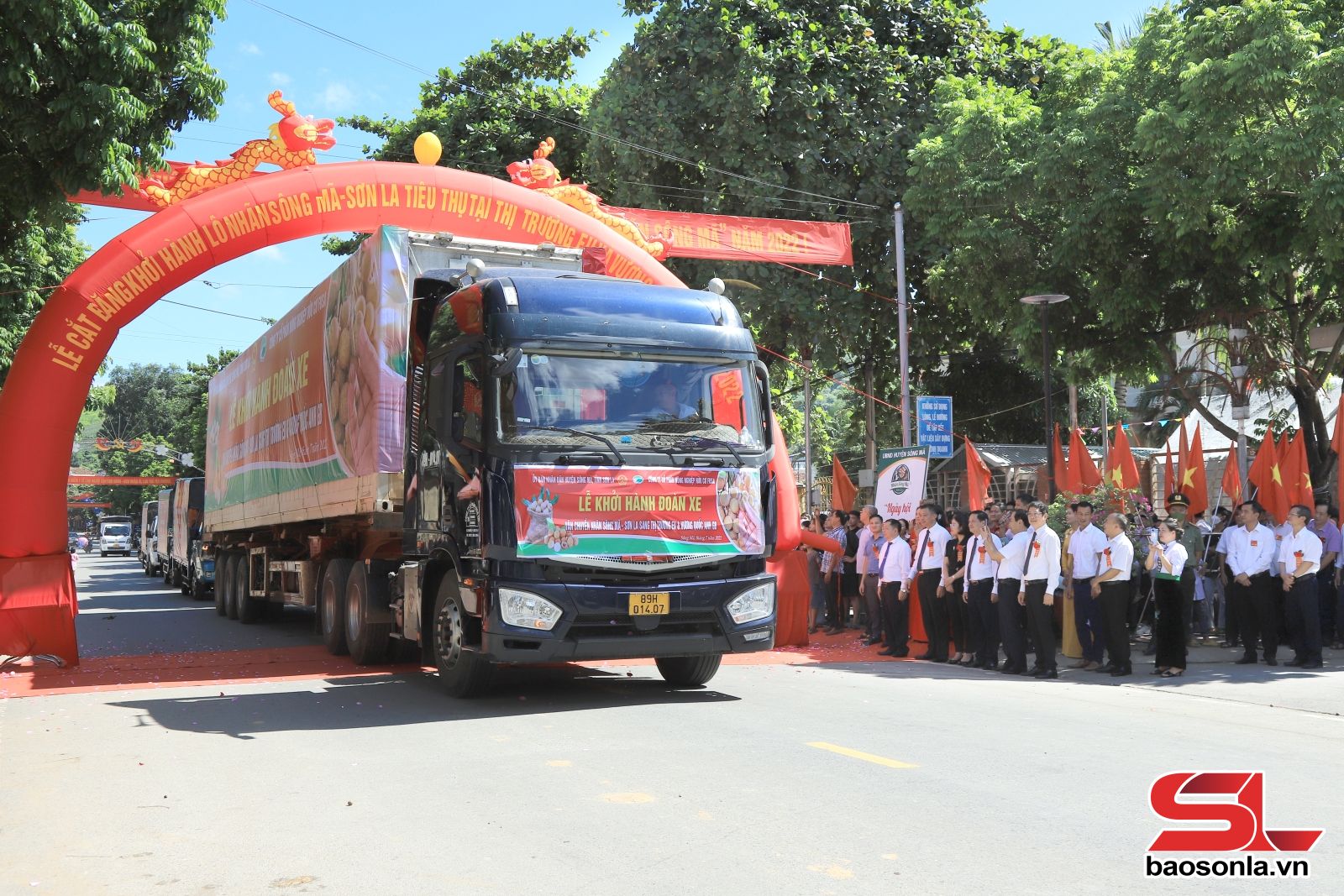
Developing fruit trees on sloping land also creates jobs and income for farmers in the province. Farming households not only escape poverty but also become rich from growing fruit trees. In 2024, the whole province will have 26,201 farming households that are good at production and business at all levels, most notably growing fruit trees.
Muong Bu commune has the largest fruit growing area in Muong La district with more than 1,600 hectares of all kinds, bringing stable income to the people. It is also one of the communes with many good production and business households at all levels of the district with 312 households.
As a resettled household of Son La hydropower plant, Mr. Lo Van Thuong's family came to sub-zone 2, Muong Bu commune, Muong La district, started a business with 1.2 hectares of land growing corn and cassava, living just enough to eat. Realizing the effectiveness of growing fruit trees, his family gradually expanded the planting area combined with the production and trading of seedlings. With 13 hectares of fruit trees, earning more than 2 billion VND/year, he became a good production and business household at the provincial level, creating jobs for dozens of seasonal workers. Mr. Thuong said: When the province had a policy on developing fruit trees, his family switched to growing mango, longan, apple, and custard-apple. Applying techniques to make longan fruit out of season, mangoes in the off-season have a much higher selling price than in the main season, averaging 200 million VND/year per hectare.
10 years ago, Hat Lot commune, Mai Son district, mainly grew corn and cassava, but the people's lives were just enough to eat. But now Hat Lot has become a new, prosperous rural commune; the fruit trees are green on the hills. The commune was honored to have Prime Minister Pham Minh Chinh visit the organic agricultural production area.

Mr. Tong Van Tam, Vice Chairman of Hat Lot Commune People's Committee, happily said: The whole commune has nearly 1,900 hectares of fruit trees of all kinds, produced in the direction of organic, VietGAP, building export growing areas, with nearly 270 hectares recognized as high-tech production areas; 1,020 hectares of fruit trees produced in the direction of high technology application. On average, each hectare of fruit trees reaches 180-200 million VND/year. People's lives are increasingly improved, with an average income of over 55 million VND/person/year.
Son La fruit products are currently available in almost all domestic supermarkets, e-commerce platforms, wholesale markets, included in meals on Vietnam Airlines flights, especially exported to 15 markets: China, Australia, Korea, Japan, EU, USA, Taiwan, UAE...
Since 2015, localities have organized many fruit festivals; the province has organized over 70 fairs and conferences to connect consumption and introduce Son La fruit products in other provinces, cities and internationally. Notably, Son La province successfully coordinated to organize the Vietnam Fruit and OCOP Product Festival 2022, affirming the brand and position of Son La agricultural products in the domestic and international markets.
Comrade Hoang Van Chat, former Secretary of the Provincial Party Committee, former Chairman of the Provincial People's Council, said: The province directs the production of clean - delicious - beautiful products and takes care of the market for farmers' products. Exporting to high-demand markets such as the US, EU... to create a brand for products in other markets.
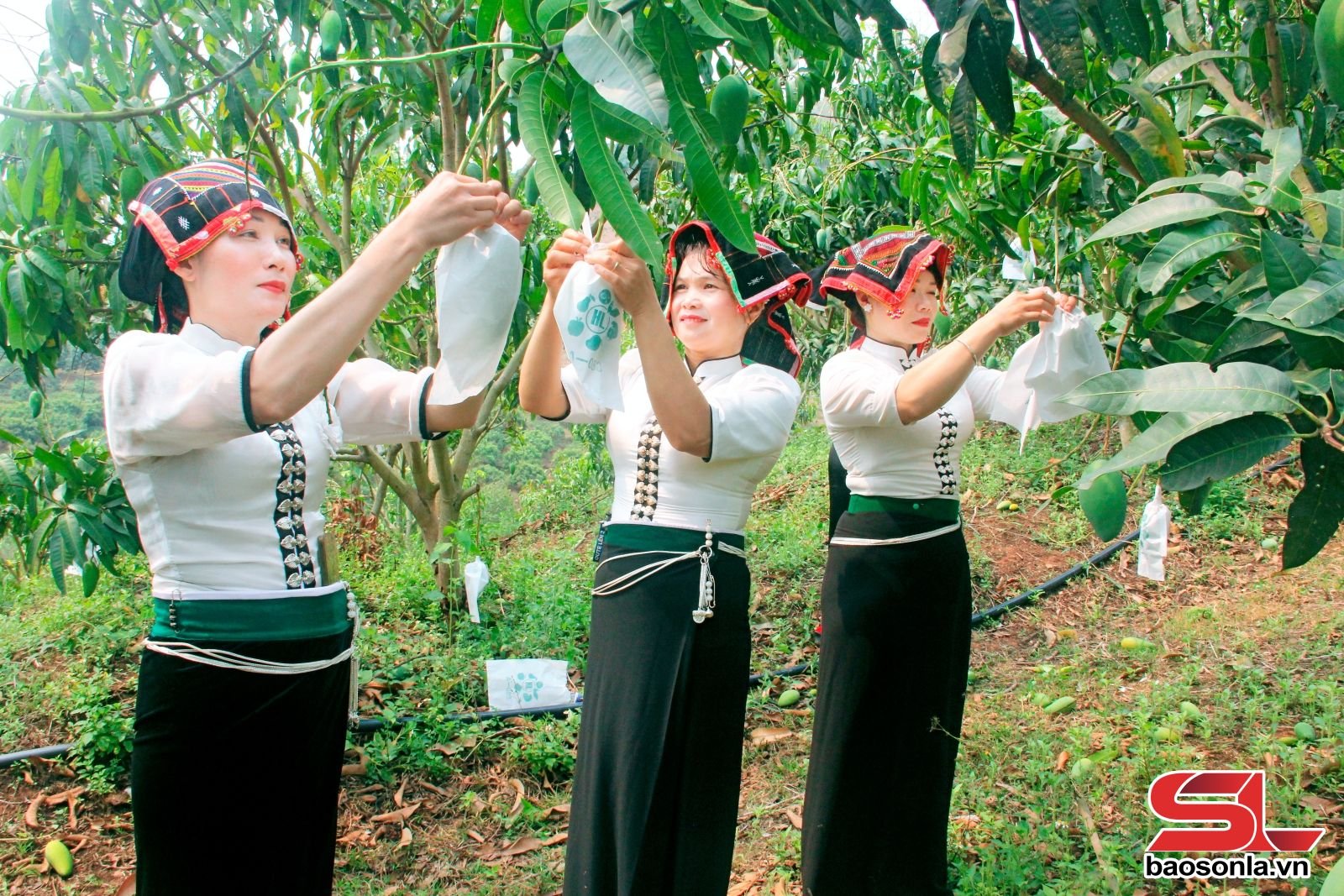
In addition, the province also promotes attracting businesses to invest in vegetable and fruit processing factories. The province currently has 560 factories and agricultural processing facilities, including 17 factories, 543 facilities; over 2,994 longan and agricultural product drying facilities and 40 cold storage facilities. The province has 59 OCOP products produced and processed from fruits, contributing to increasing the value of Son La fruit products.
Green, sustainable development
The fruit tree development policy of Son La province is like an arrow hitting three targets: economic efficiency, social efficiency, environmental efficiency. The value of fruit tree production reaches 150-300 million VND/ha/year, compared to 2016, an increase of 4-10 times. Many areas of new fruit trees with high economic efficiency: SR-1 custard apple, Hoang Hau custard apple 600-700 million VND/ha; golden longan over 500 million VND/ha; strawberry over 800 million VND/ha...
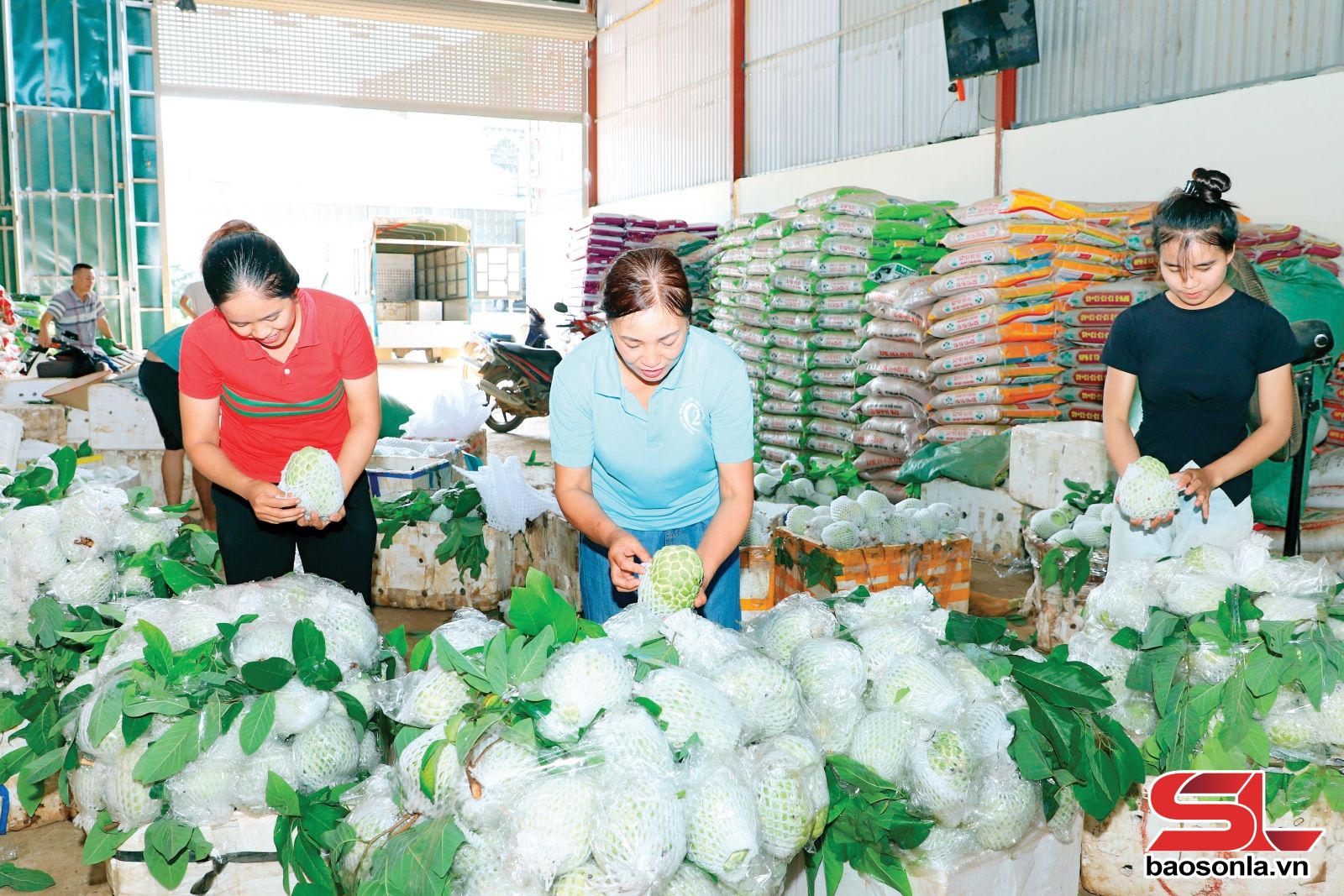
Son La plans to stabilize 90,000 hectares of fruit trees by 2030, ensuring raw materials for processing when Son La becomes an agricultural processing center in the northern midland and mountainous region. The province continues to synchronously deploy solutions to organize production, promote the application of science and technology, pay attention to investing in infrastructure systems, serving production, preservation, processing, and consumption of products; and develop agricultural product consumption markets.
Comrade Nguyen Thanh Cong, Vice Chairman of the Provincial People's Committee, Head of the Provincial Steering Committee on production, processing, consumption and export of agricultural products, informed: The province continues to organize production according to VietGAP and GlobalGAP standards to improve product quality and competitiveness; develop production and consumption chains between cooperatives, enterprises and processing factories. Focus on building export growing area codes; increase scientific content and deep processing of agricultural products and fruits.
Becoming an “agricultural phenomenon” is an important premise and motivation for Son La province to continue to inspire creativity and innovation, turning the journey of developing fruit trees on sloping land in Son La from a “phenomenon” into an image and model of rapid, green, and sustainable development.
Source: https://baosonla.vn/kinh-te/cay-an-qua-tren-dat-doc-bien-khong-thanh-co-bien-kho-thanh-de-vZfObFaHR.html


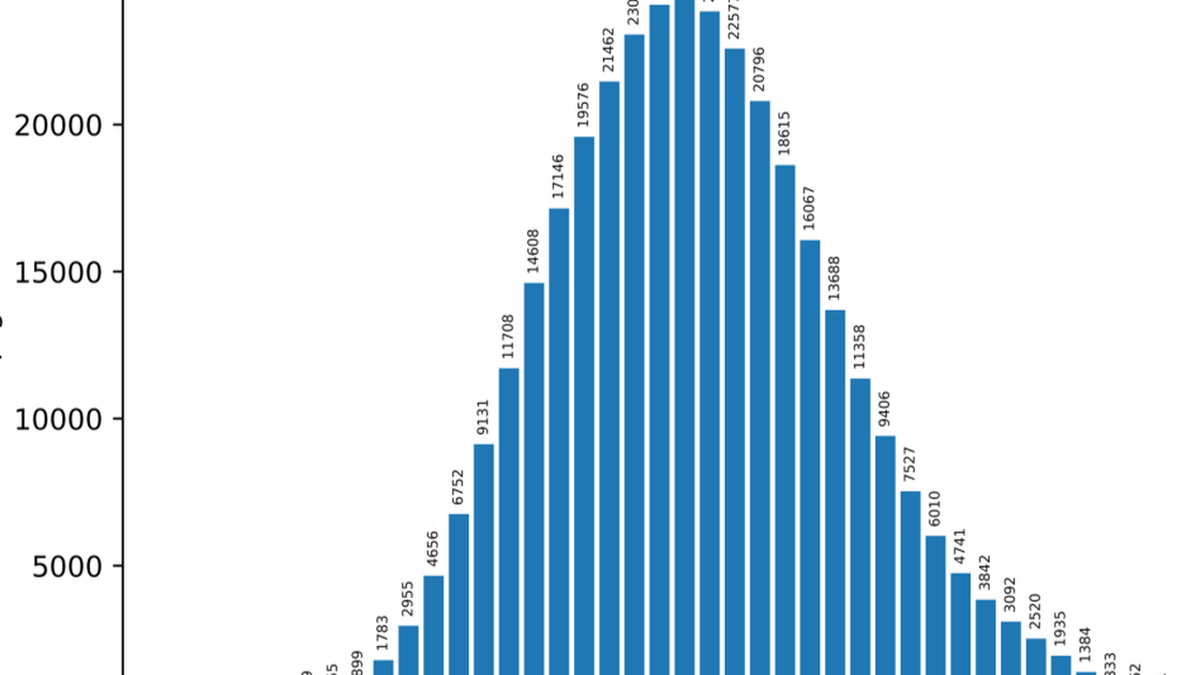
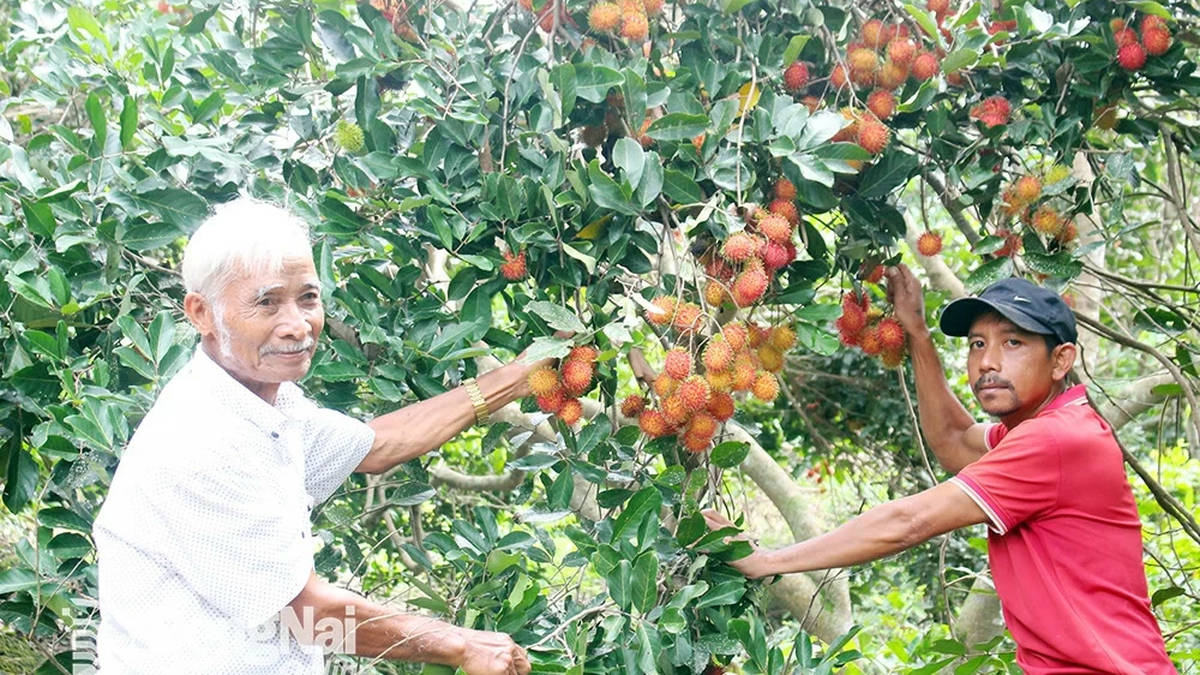
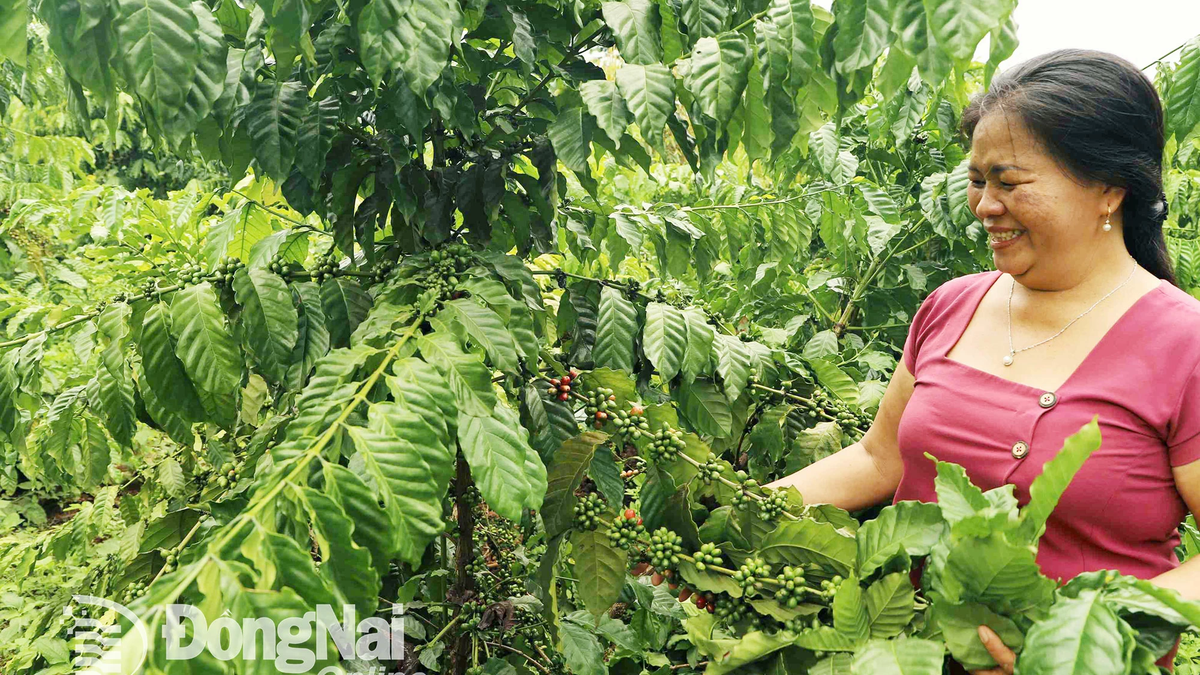

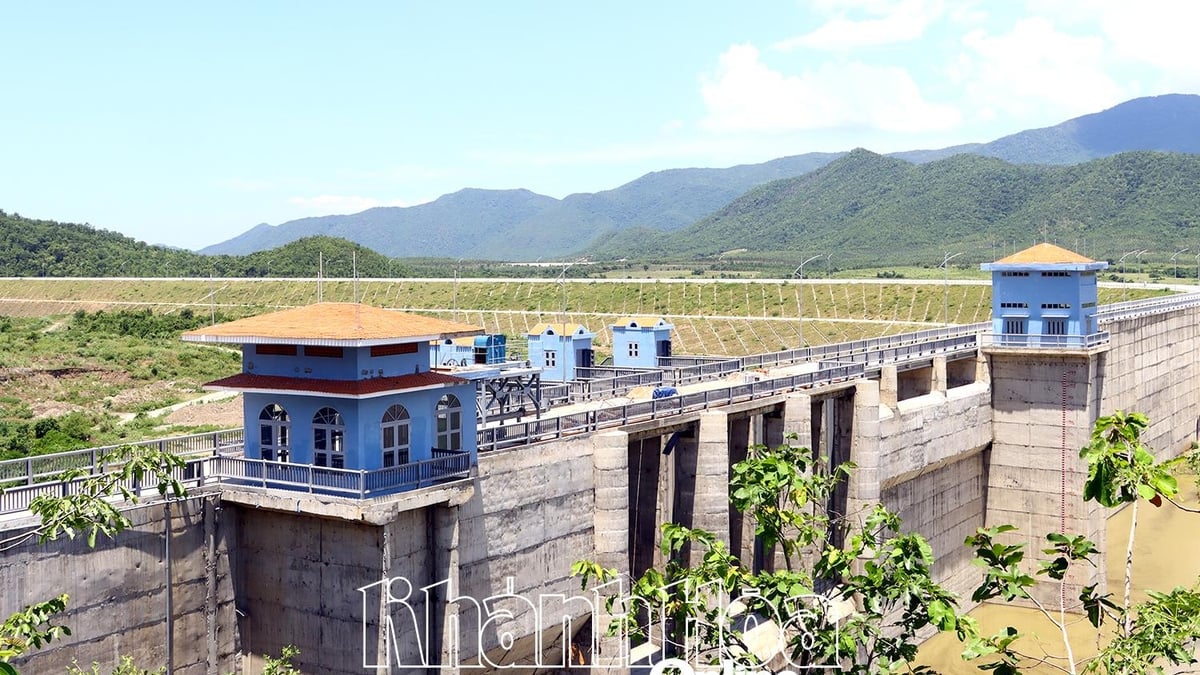



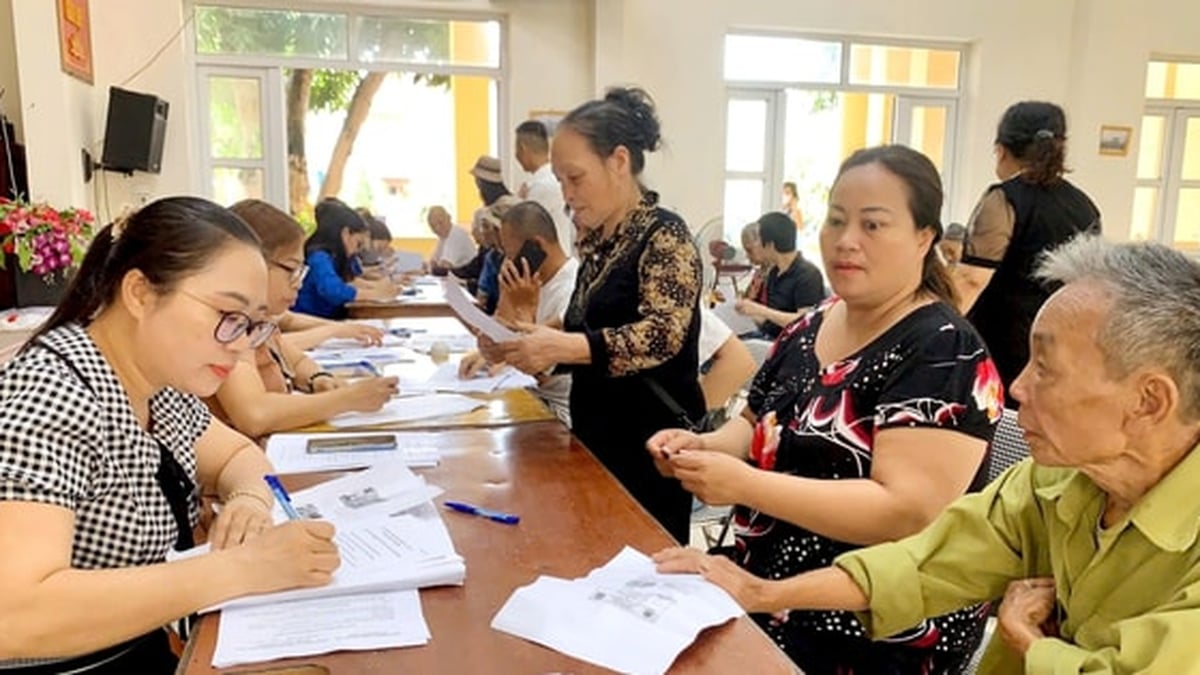












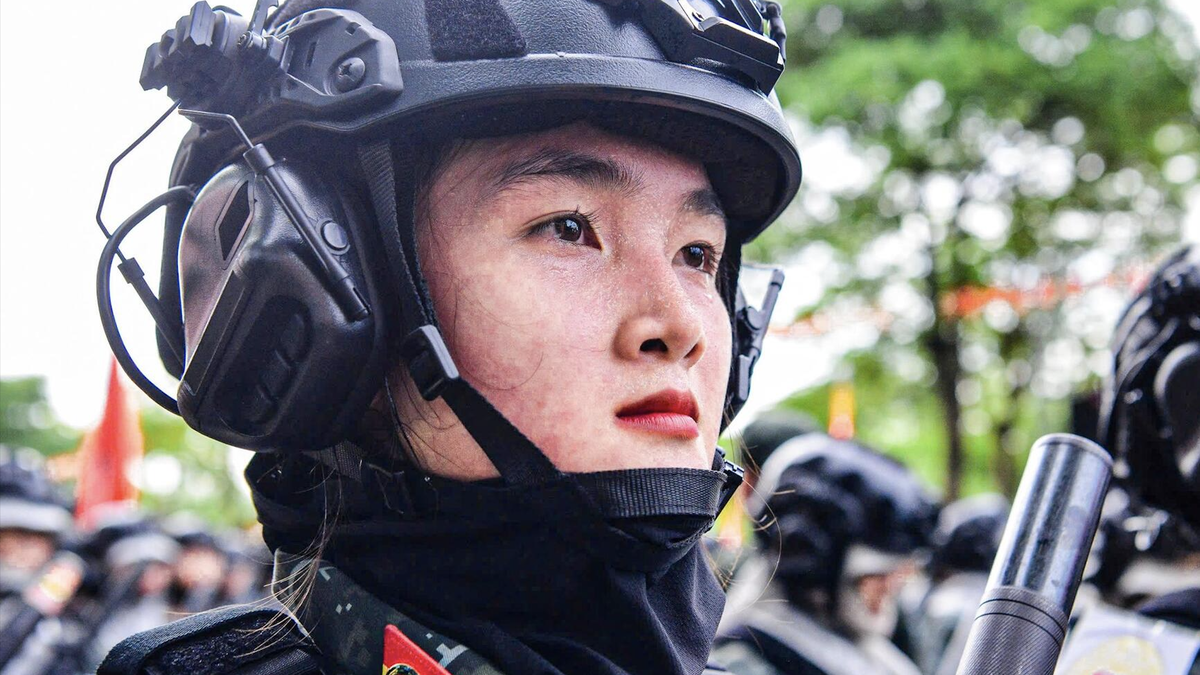
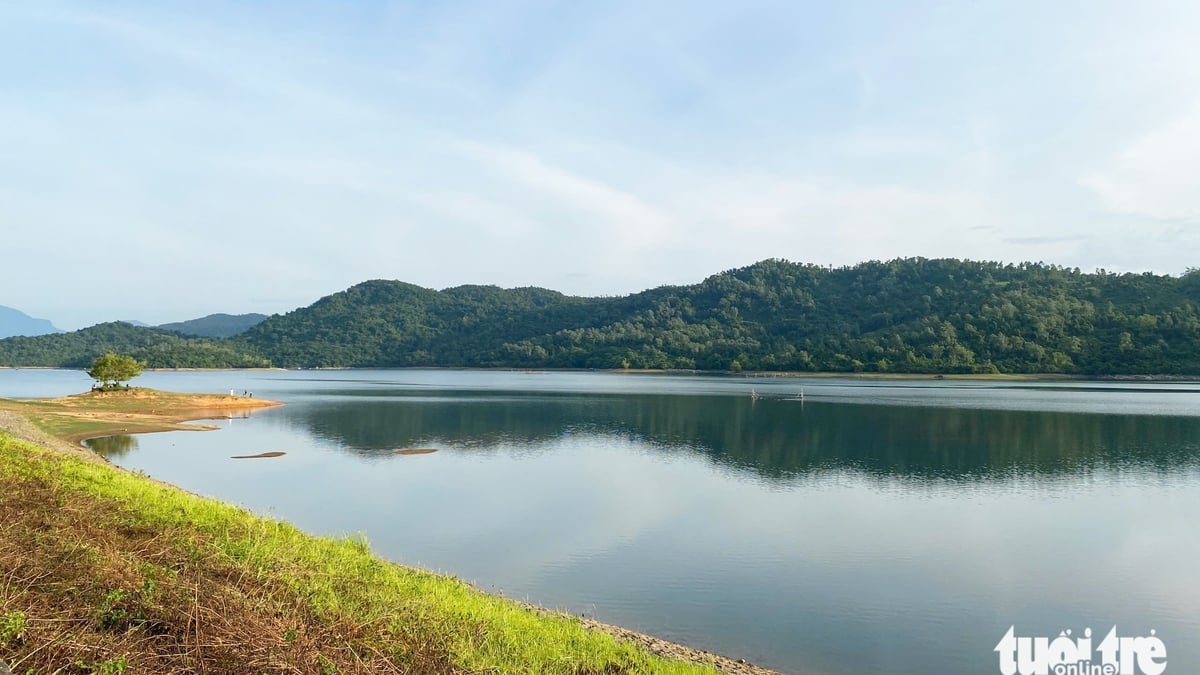
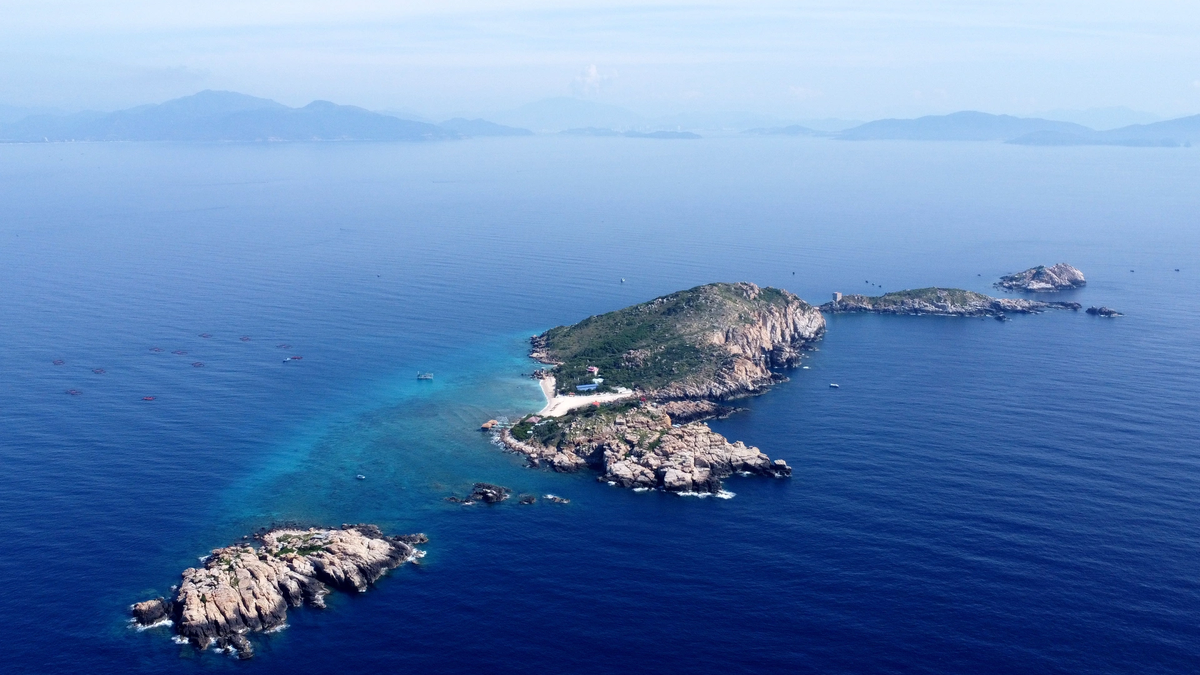




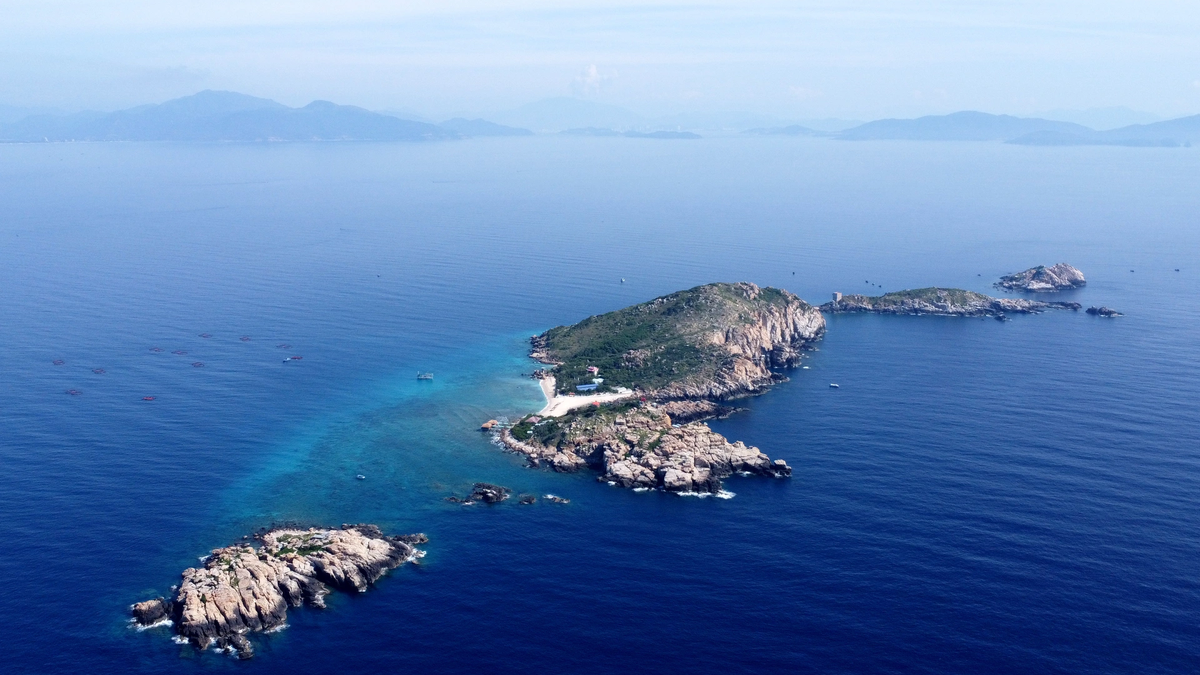







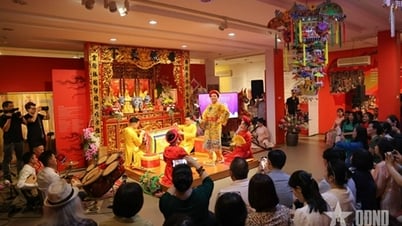

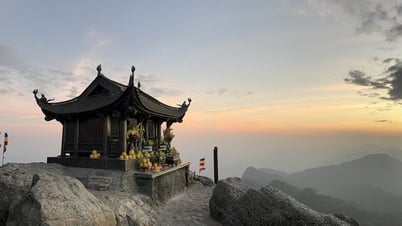
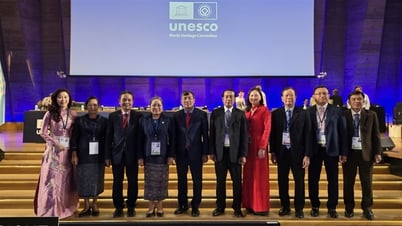





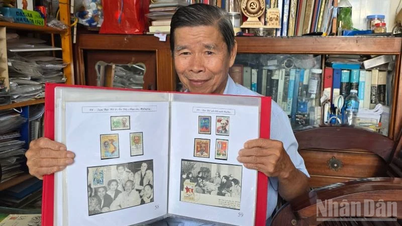
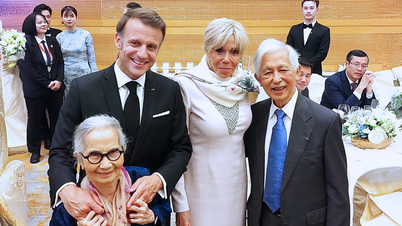




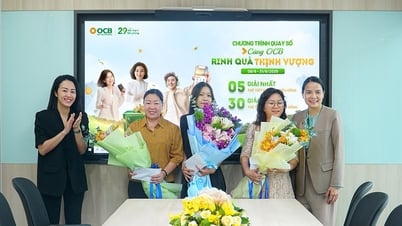





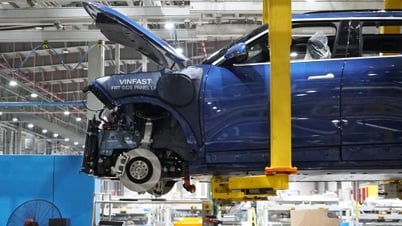


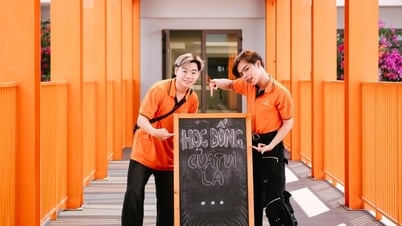


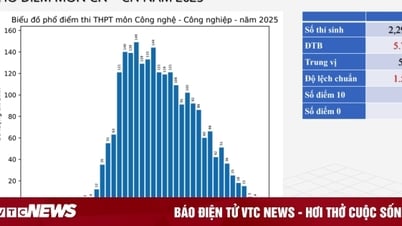





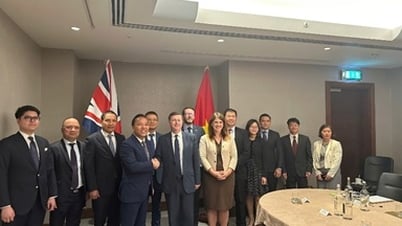



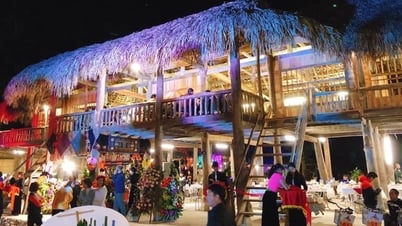

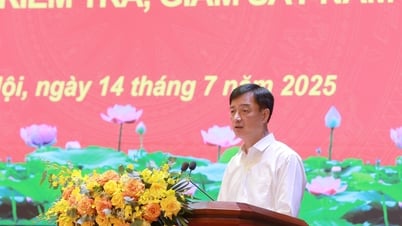

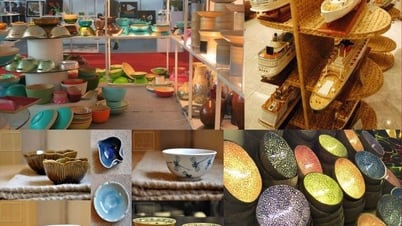










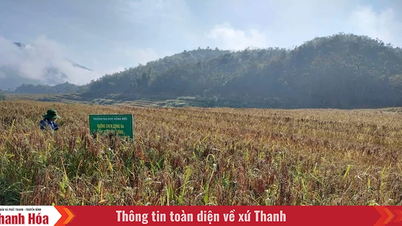

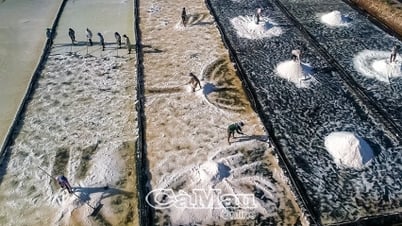

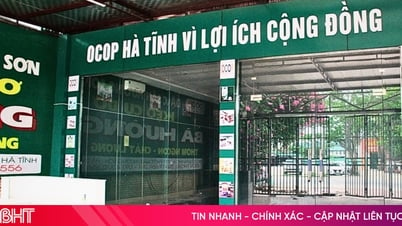

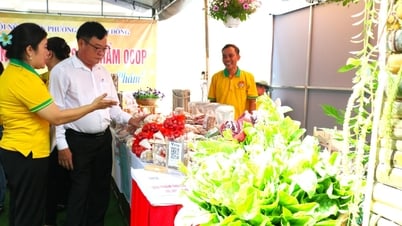



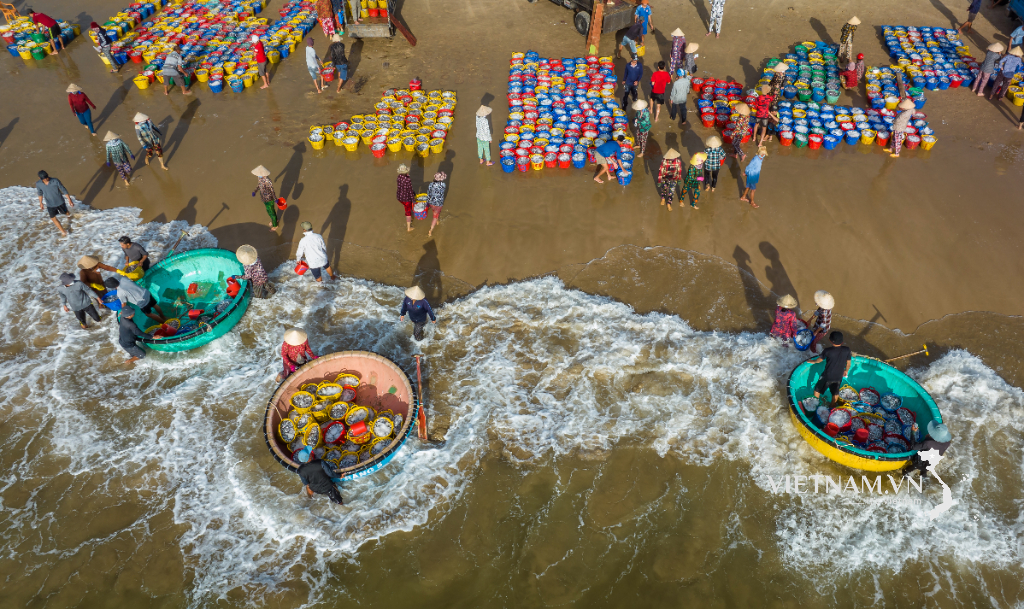


Comment (0)